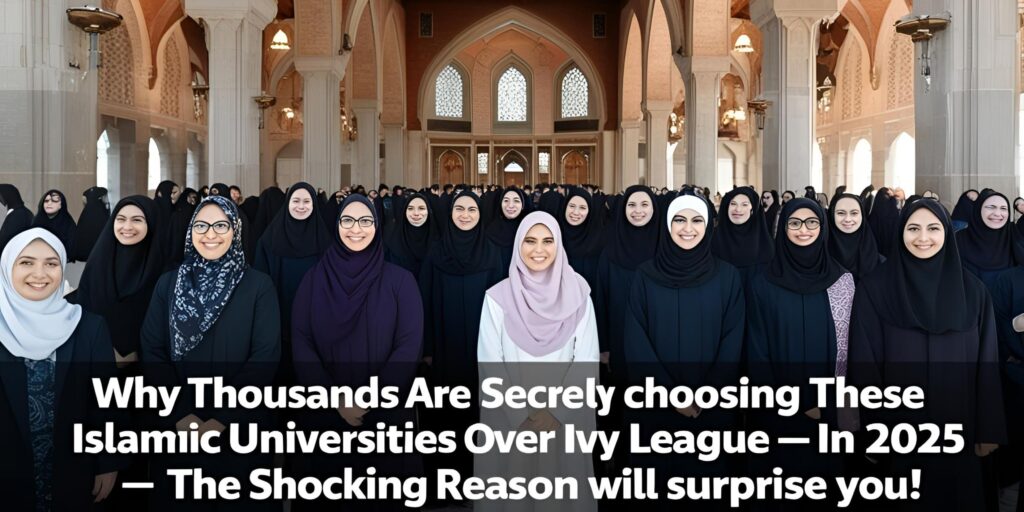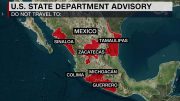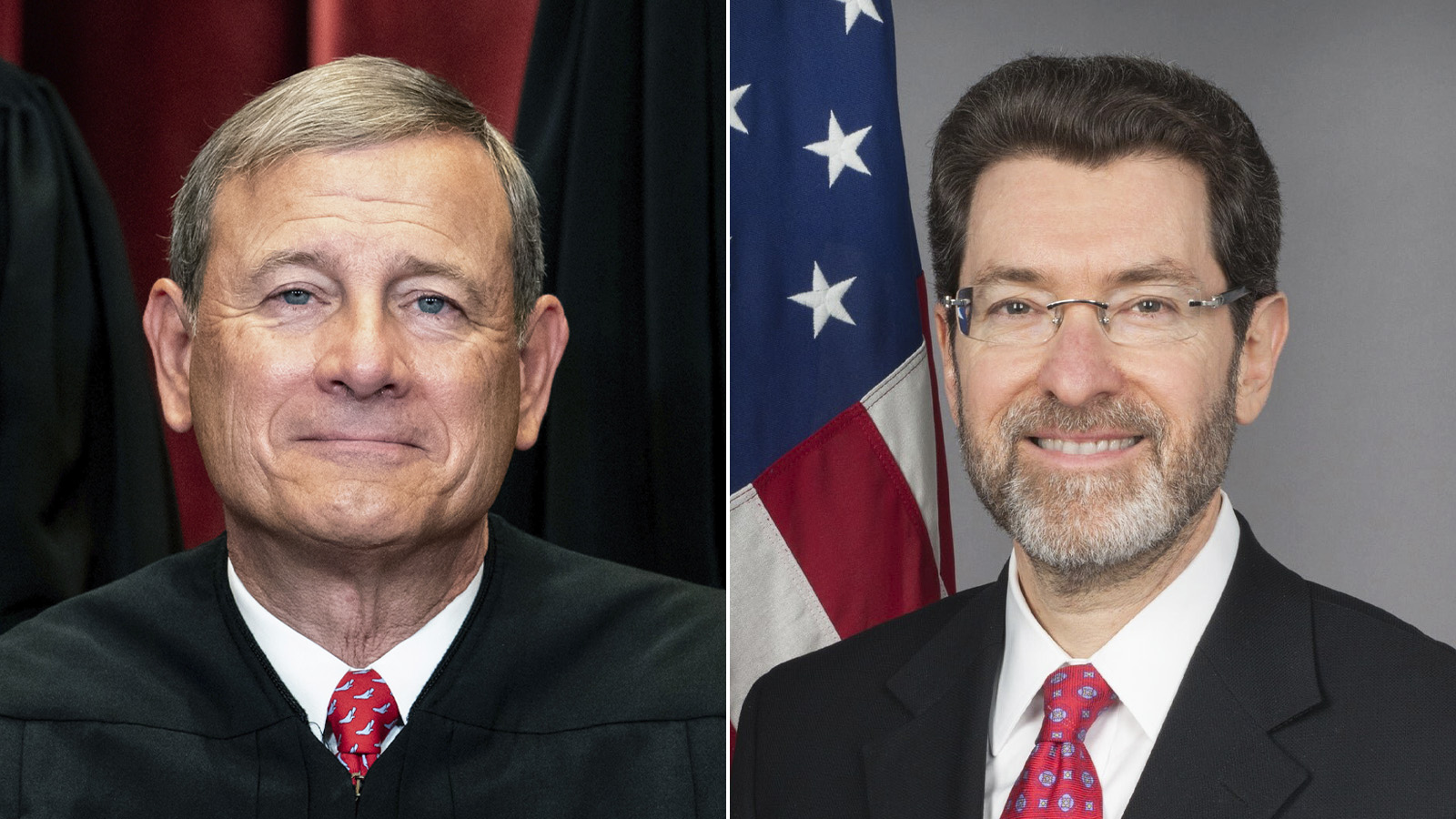Many people worry about how Muslim influence shapes our cities and government today. This trend raises questions for everyday folks who value traditional American ways. As communities change quickly, we see more leaders from this background stepping up. Indeed, this shift happens in places we least expect. Moreover, it affects local decisions and national talks. Additionally, numbers show rapid growth that catches many off guard.
First, look at city halls across the nation. For instance, leaders now include those who bring new views to old problems. Furthermore, voters choose them in diverse areas.
Key Figures Driving Muslim Influence
Amer Ghalib serves as mayor of Hamtramck, Michigan, marking a big change after years of different leadership. He won his spot in 2021 and pushes forward with his agenda. Similarly, Abdullah Hammoud leads Dearborn, Michigan, as its first Muslim mayor since 2022. He focuses on community needs but sparks debate on cultural fits.
Meanwhile, Aamir Omar became mayor of Richardson, Texas, in 2025, the first Muslim in that role there. This victory highlights expanding reach in the South. Also, Aisha Chughtai holds vice president spot on Minneapolis City Council since her 2021 election. She stands as the first Muslim woman in that body. Many of these individuals are pro-Hamas.

On a bigger stage, Congress now counts four Muslim members in 2025. They include Ilhan Omar, Rashida Tlaib, André Carson, and newcomer Lateefah Simon. Besides, candidates like Zohran Mamdani run for New York City mayor, gaining strong support. Likewise, Omar Fateh seeks Minneapolis mayor post amid controversy. These races show how Muslim influence spreads fast.
Demographic Changes
Beyond politics, population shifts alarm many observers. Estimates put U.S. Muslims at about 4.5 million in 2025. However, some say the number hits higher with ongoing growth. Moreover, mosques number around 3,967, up sharply since 2000. This rise means more centers in neighborhoods everywhere.
Additionally, in 2025 Islamic schools total roughly 300, educating thousands of kids. Conversions add to this, with about 20,000 to 25,000 Americans joining yearly. In Dearborn, Muslims make up 55% of residents as of 2023. Across the USA the Muslim population is increasing daily. States like New Jersey lead with 3% Muslim share overall. Furthermore, big cities such as New York and Chicago host large groups. This density boosts their voice in schools and streets.

Demographic Changes Fueling Muslim Influence
As Muslim influence grows, some fear clashes with core values. For example, talks of Sharia law worry citizens who prize freedom. Although no laws change yet, the presence in power stirs unease. Besides, immigration patterns drive this expansion, prompting calls for pauses. Nevertheless, integration happens in spots, but tensions rise too. We must watch how this affects unity and freedom in America. Indeed, everyday people question if traditions hold strong. Moreover, leaders push policies that cause division in America in their opinions.
In short, this trend demands attention from all. It shapes our future in ways we cannot ignore. What do you think? Are Muslim laws and values compatible with the Democratic Republic of America? Are they are threat of our freedom and equal justice under the laws of our nation?






